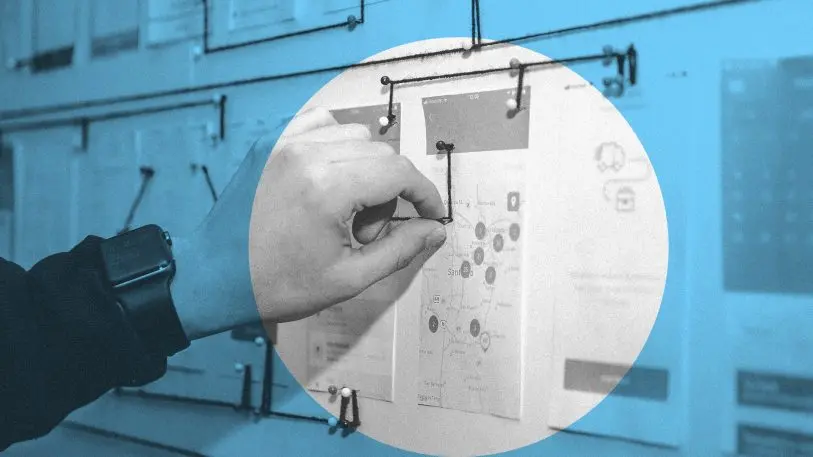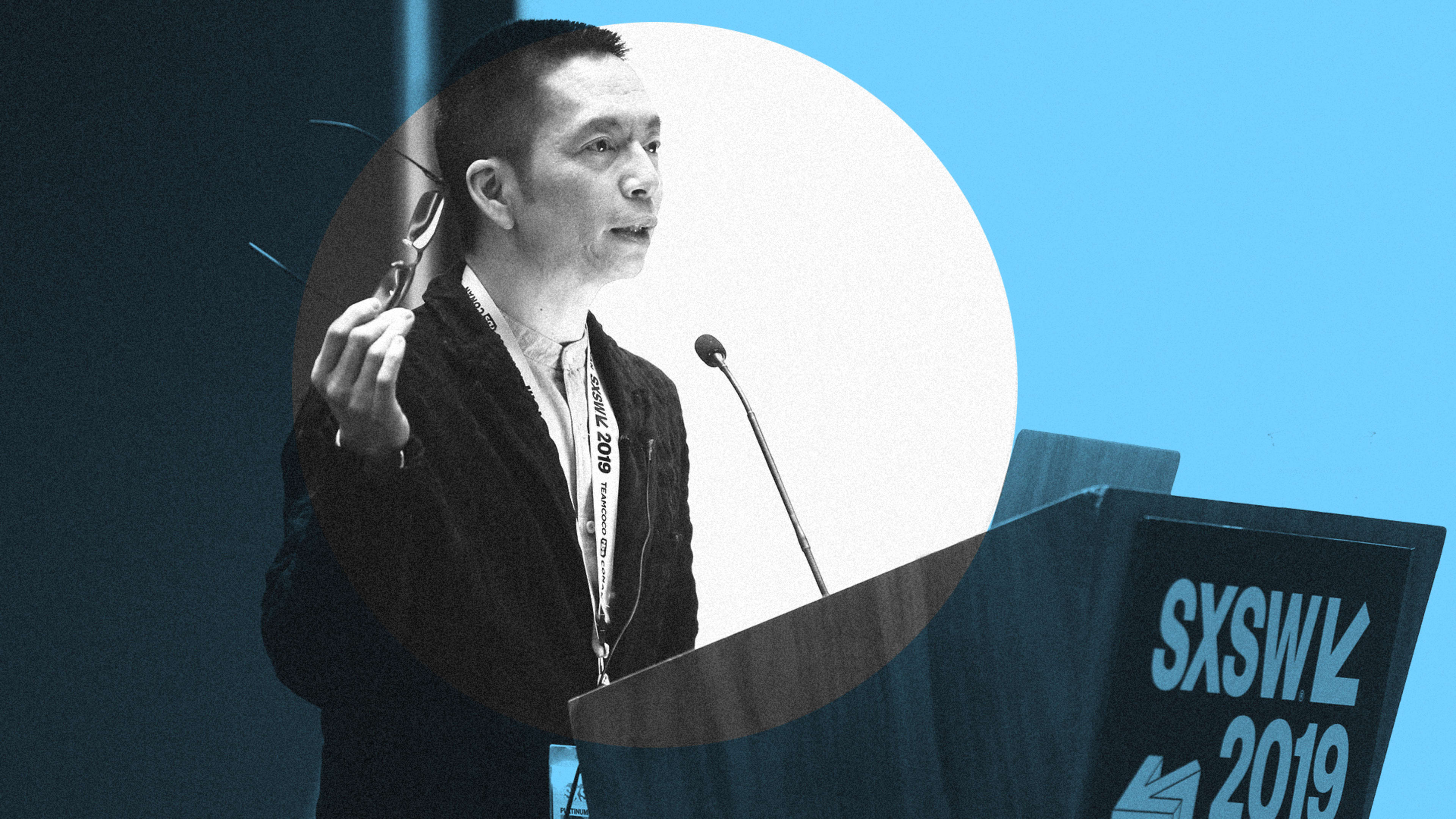What is design’s role in business? For years, designers have advocated for more decision-making power at companies, with the goal of building humanistic products that serve users instead of corporate interests or technological advancement alone. Recent studies have shown that design does have a substantial impact on a business’ bottom line, inspiring countless companies to reposition themselves as “design-led.” Consider how many large corporations have acquired independent design firms in the past few years alone.
But design luminary John Maeda proposes that the idea–one he has previously advocated for–is flawed. “I have friends at all the companies and I kept hearing about ‘design-led’ and all that and it got me excited. I was pushing for it,” he says. “Years later now, I’m in a phase where I realize that [advocacy] was really important, but in reality, design is not that important.”
Hold on. What?
Maeda, who is the head of inclusion and computational design at WordPress parent company Automattic, thinks that design should play a secondary role in tech companies rather than a leadership role. In Maeda’s annual Design in Tech report, he says the design should be like a supporting actor or actress to the leading characters in a tech company–developers and product managers. When companies become design-led, he believes, designers are saying “get out of the way, I’m the boss.” The forceful “I’m the boss” mentality combines with design’s tendency to become what he calls a “microworld of aesthetic high-fives”: in which designers have an invisible language about what good design looks like based on a history and experience that they tend to privilege, and this understanding that designers together at the exclusion of others. Maeda thinks these two elements end up alienating other disciplines when everyone should be working together.
“Over half the designers still want to make things beautiful and can’t help it. That’s a built-in competency,” Maeda says. “To a business person that seems irrelevant. To the developer, it’s like, ‘I have to build that.'”
Instead, Maeda thinks that designers should focus on being good teammates rather than leaders. Worrying too much about whether design has enough influence over a product or a company distracts from the real vision: making great products that solve people’s problems.

It’s a controversial stance, given how much Maeda and other design industry leaders have argued for design becoming a more powerful discipline within organizations. “Designers are used to being the benchwarmer and called into spray smell on something, and they’ve been so hurt, they’re tired of it, they want to fight back and organize,” he says. “I think in the past … I was advocating for design in general, I had to be a symbolic leader of that. I felt responsible to do that.”
But Maeda says the last three years at Automattic have changed his perspective. “I kept meeting so many people who were telling me I’m wrong: designers in tech companies saying, ‘You don’t know what you’re talking about.'” These detractors pushed back on Maeda’s initial desire for design leadership at all costs, and encouraged him to think about how such an approach doesn’t always mesh with the day-to-day realities of in business.
Of course, the problem isn’t limited to designers or design. Many disciplines suffer from “the microworld of high-fives”–including engineers and product managers. Maeda believes it’s detrimental to a business on a whole because it comes at the cost of teamwork. But for designers, it is especially critical to work with developers. “We know that tech people are in charge of the world: They can approve pull requests and they push the code out and right or wrong happens,” he says. “But if you can’t work with developers, you’re not going to make a dent in the universe.” In other words, the only way to change the system is to work within it.
Ultimately, Maeda believes that when designers do get more power than their developer counterparts, they build weaker products. “I find that any company that wishes to be design-led is going to index high on experience quality. If [the company’s] audience is designers, and people with high standards of quality, then fantastic. But if they do that, maybe they won’t worry about the tech stack, that actually it’s a brittle tech stack and maybe it works 99 times out of 100,” he says. “If they’re so focused on experience, maybe they’re not going to be asking product questions about is this going to help us break even.” Take, for instance, Jawbone, which once had a $1.5 billion valuation. But its product Up, a wearable fitness tracker that was supposed to be the hottest gadget of 2011, was a flop. At the time, Cliff Kuang wrote about how Up had impeccable design (by well-known Silicon Valley designer Yves Behar)–but couldn’t recommend the product because the software was so buggy, it was virtually useless. Ultimately, the product (and the company) failed. The lesson? Beautiful industrial design means nothing when paired with poor engineering.
Maeda isn’t the only design thinker to take issue with the concept of “design-led” companies. Airbnb’s head of design, Alex Schleifer, believes that design-led cultures tend to devalue other people’s opinions and insights. He has built his design organization so that designers aren’t given special treatment; instead, product managers are tasked entirely with representing the perspective of the user, rather than their group with the organization.
For Maeda, design taking a supporting role is not a negative thing for designers. Instead, it just gives them a chance to work with their colleagues as a team–which, he insists, will ultimately lead to better design. “Some people’s reaction has been, what a terrible thing. It’s about ‘design-led, design-driven, design insert-your-word,'” he says. “I say, [what about] those movies where best supporting actor or actress steals the show?”
Want to comment on this article? Write to us: CoDTips@FastCompany.com.
Recognize your brand’s excellence by applying to this year’s Brands That Matter Awards before the early-rate deadline, May 3.
